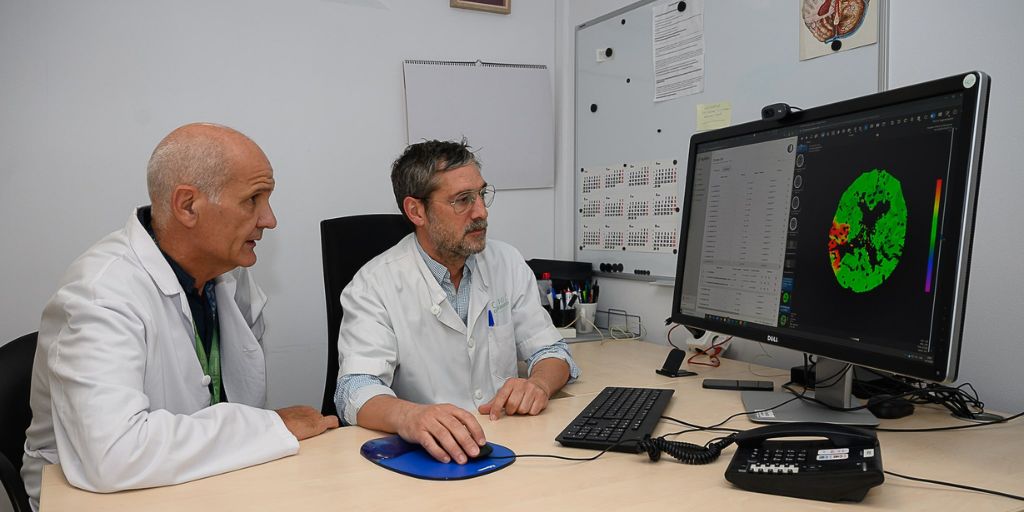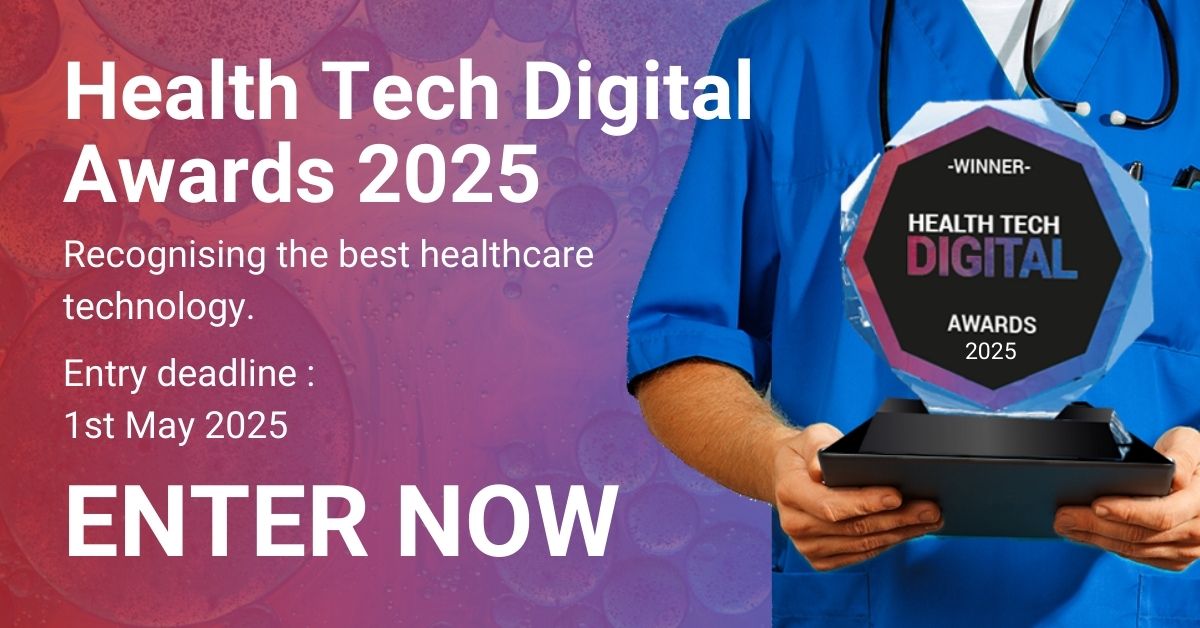
- 16 medical centers across Spain have shared imaging data and thrombectomy procedures in an attempt to tailor endovascular stroke treatments to individual patients.
- A cloud-based platform improves the connection of medical imaging data between centers in different regions and allows for advanced visualization and assessment
Hospital Clínic Barcelona is leading the ROSSETTI project, which aims to create a bank to collect data on stroke patients and guide medical professionals in choosing the optimal treatment. The project has already included data from 4,600 patients and 3,700 imaging studies.
The ROSSETTI project involves 16 medical centers from all over Spain, and together they have made the bank grow much faster than expected, with five times more patients participating in this phase than originally expected. This has been possible thanks to the scalable and globalized cloud infrastructure used by the project, which can easily connect imaging data from centers in different regions of the country. With this data, the platform will help medical professionals in the future to draw faster and more tailored conclusions for endovascular treatments in stroke.
The project was launched as a result of research carried out at Hospital Clínic Barcelona with the aim of evaluating the different mechanical treatment techniques used in patients with acute stroke to determine which of them is most effective. Mechanical treatment in stroke consists of reestablishing cerebral blood flow after reopening the blocked arteries.
The project was developed in collaboration with Quibim, a pioneering Spanish company in the use of imaging biomarkers for precision medicine, which also created the cloud-based platform QP-Insights, the core of ROSSETTI. As the Clínic research progressed and collaborations were established with other institutions across Spain, it became clear that the growing amount of data collected could be used by medical specialists to improve stroke patient care on a larger scale.
The ROSSETTI platform has a comprehensive electronic data collection notebook that allows the inclusion of clinical information, the procedure and techniques used, and information on the patient’s evolution. The imaging studies performed on each patient include a preoperative CT scan, angiography (an X-ray used to check blood vessels) and a CT scan 24 hours after the procedure. This data is uploaded to the platform, where neuroradiologists can perform advanced visualization of these imaging studies for proper patient assessment after each procedure.
Dr. Jordi Blasco, Coordinator of Interventional Neuroradiology at Hospital Clínic de Barcelona, comments, “It has been incredible to see how quickly this project has grown, and that so many medical professionals and researchers from all over Spain have put their combined efforts into improving the care we can offer stroke patients. We are also very grateful to all the patients who have allowed us to use their images in an anonymized form to build such a powerful and impactful bank. We hope that this may inspire similar efforts in other healthcare settings. There is currently a lot of data scattered across institutions, and only if it is pooled responsibly can its true value be harnessed.”












